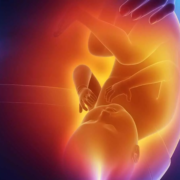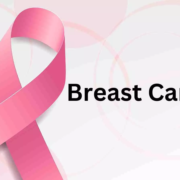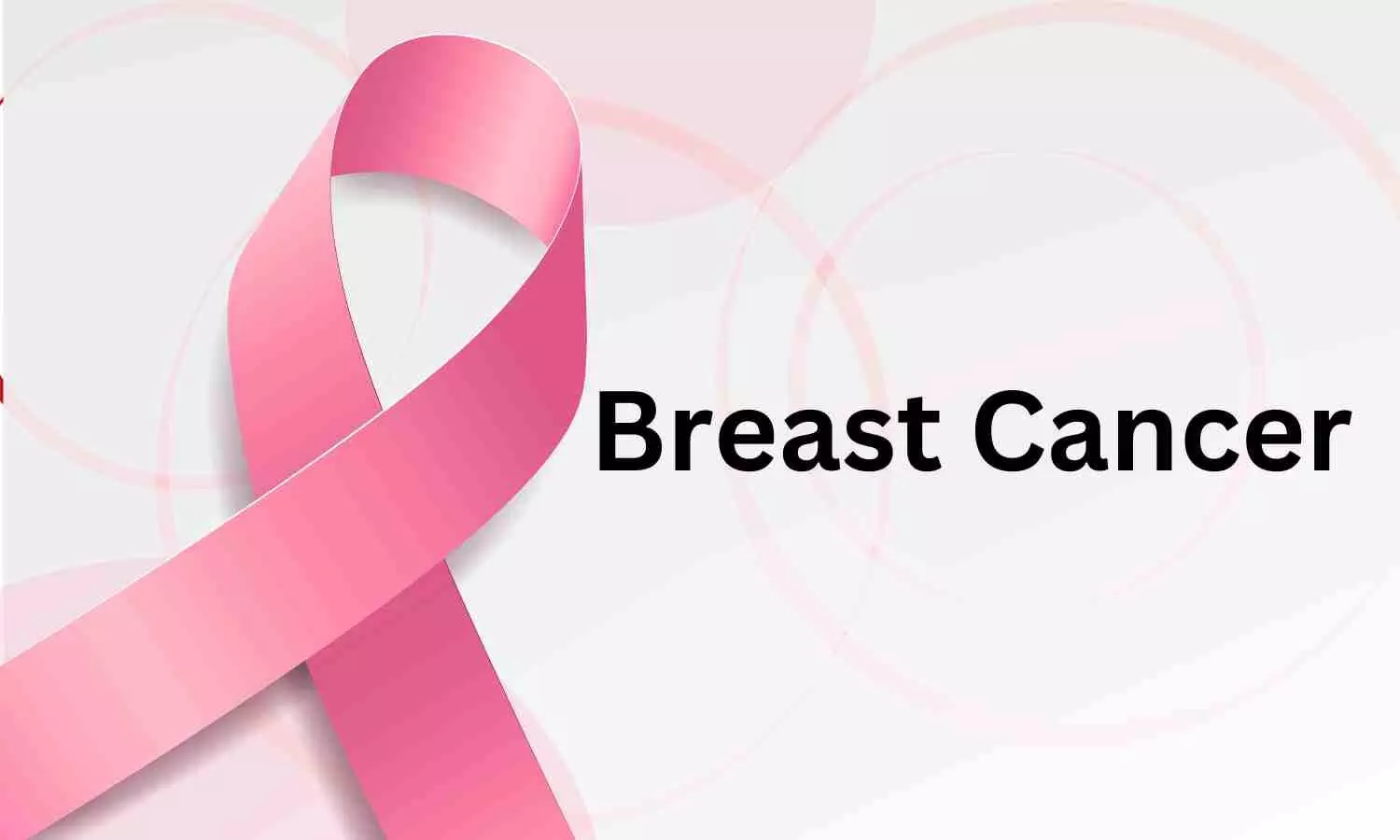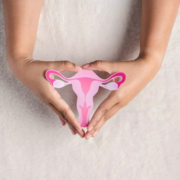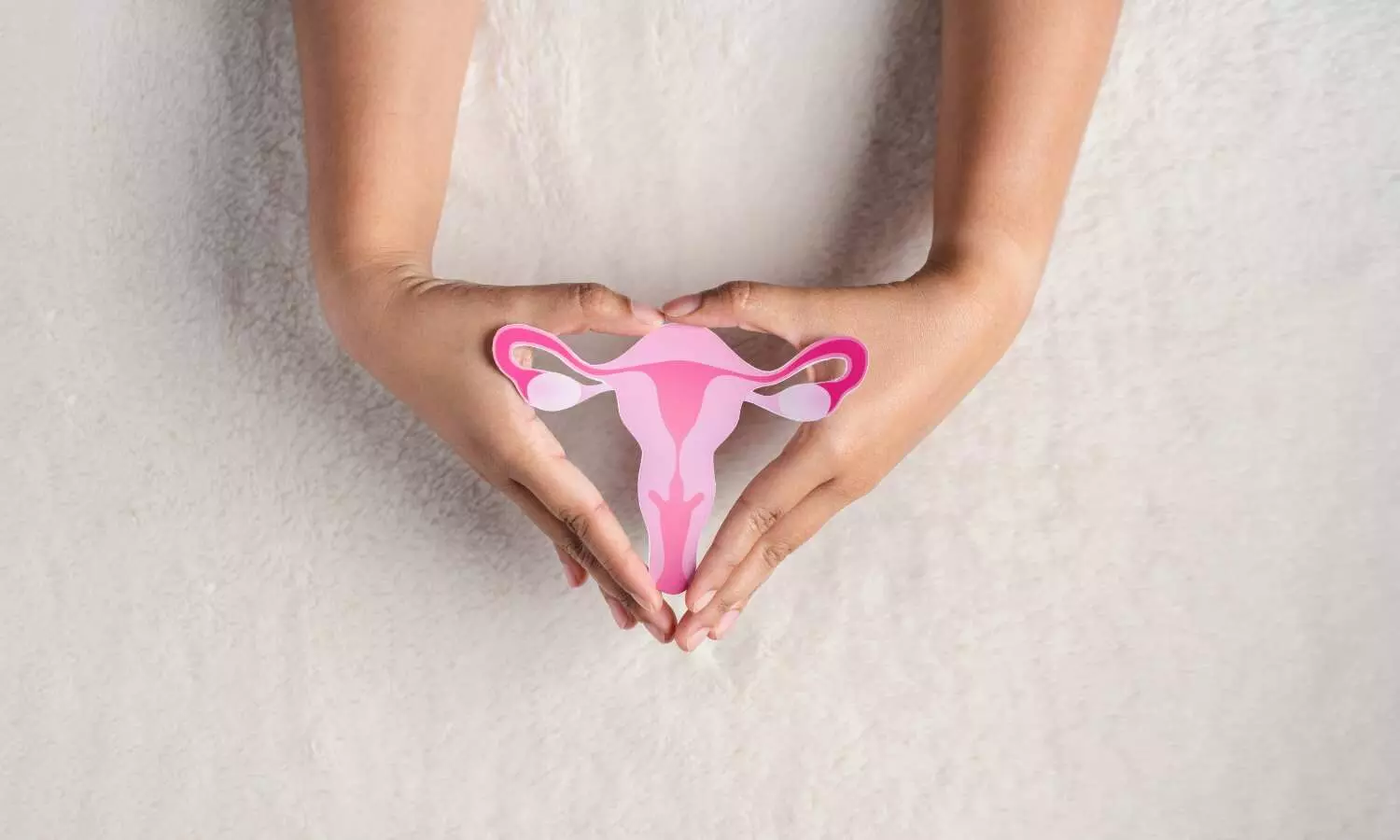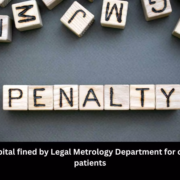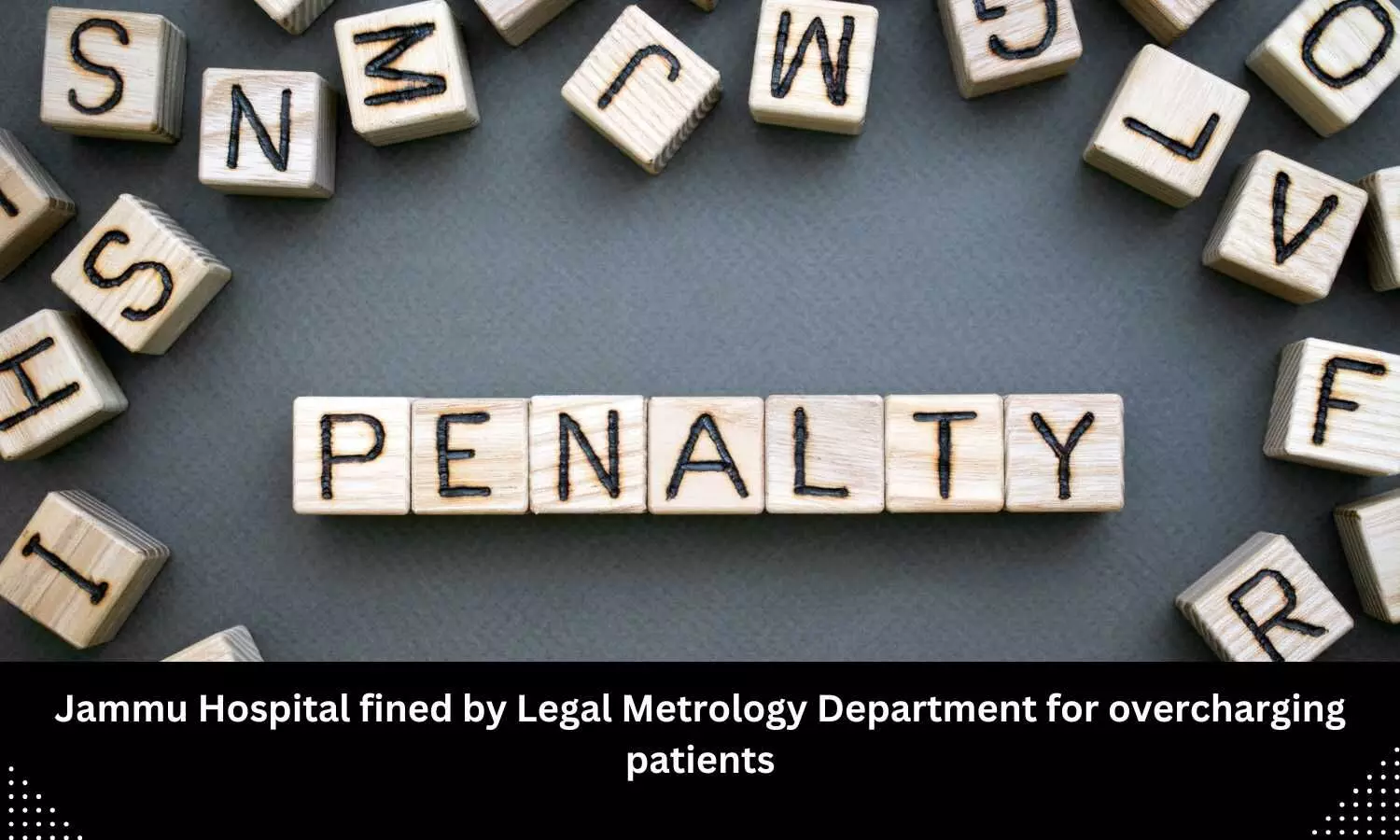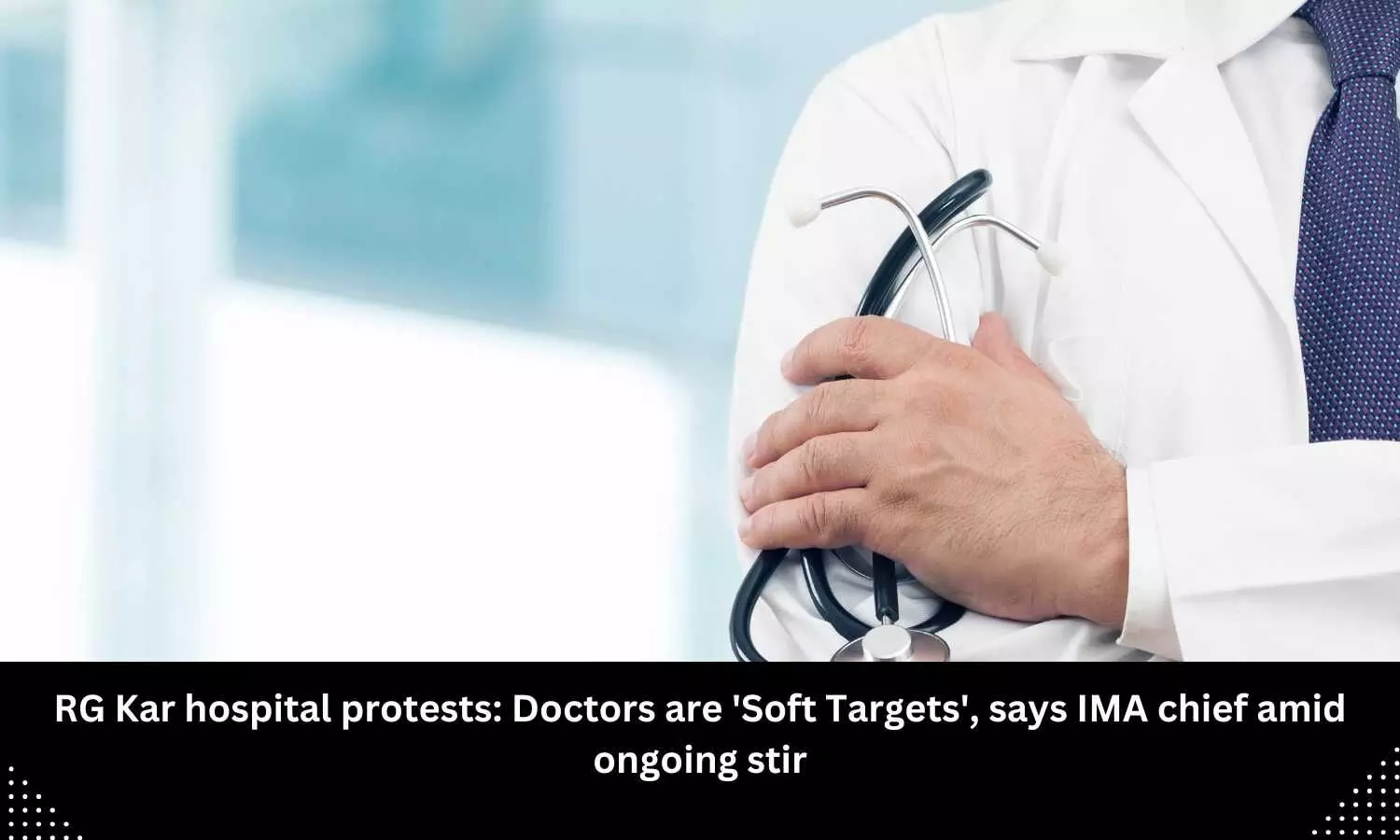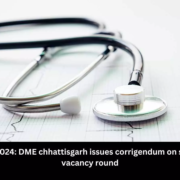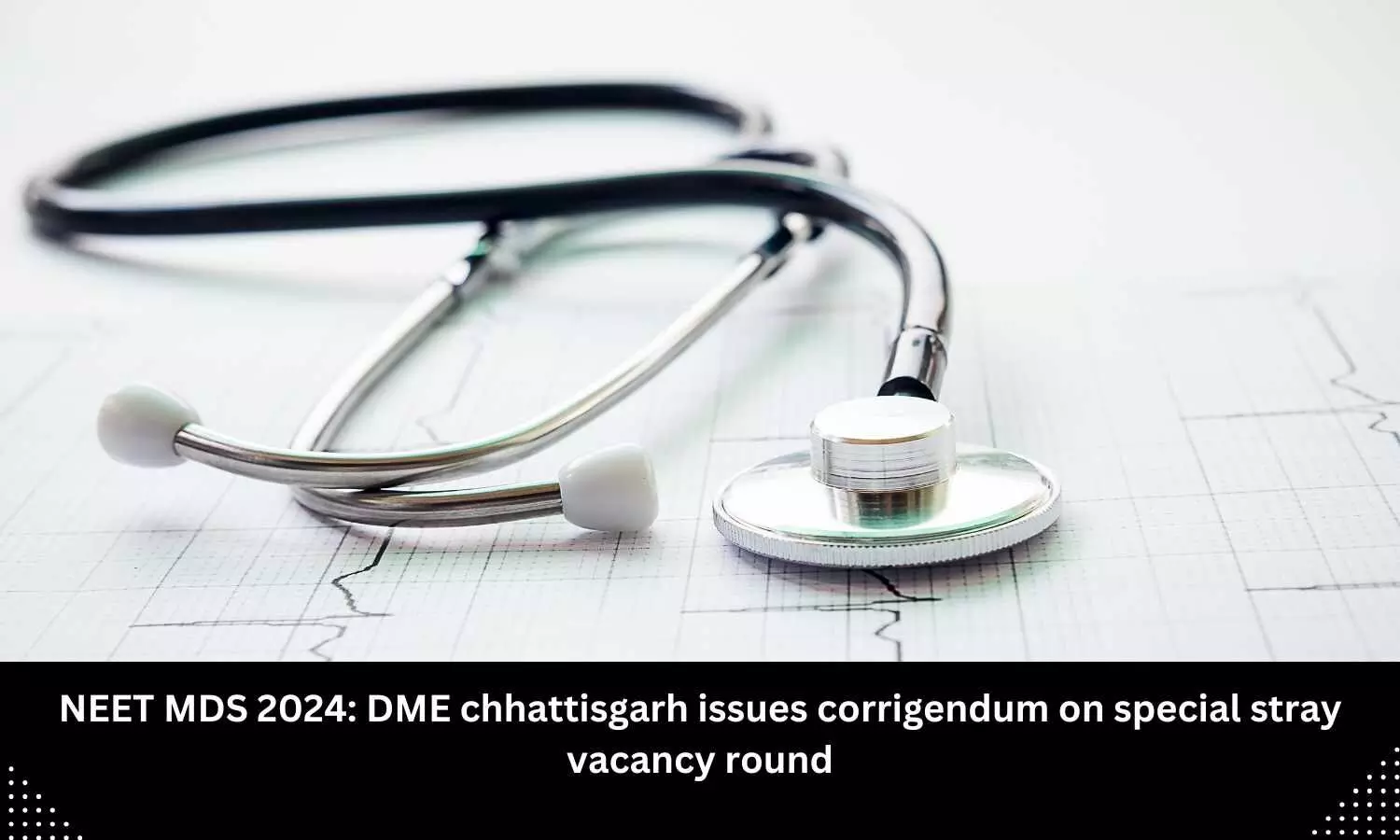Study evaluates mpact of New Guidelines on Cesarean Delivery Rates
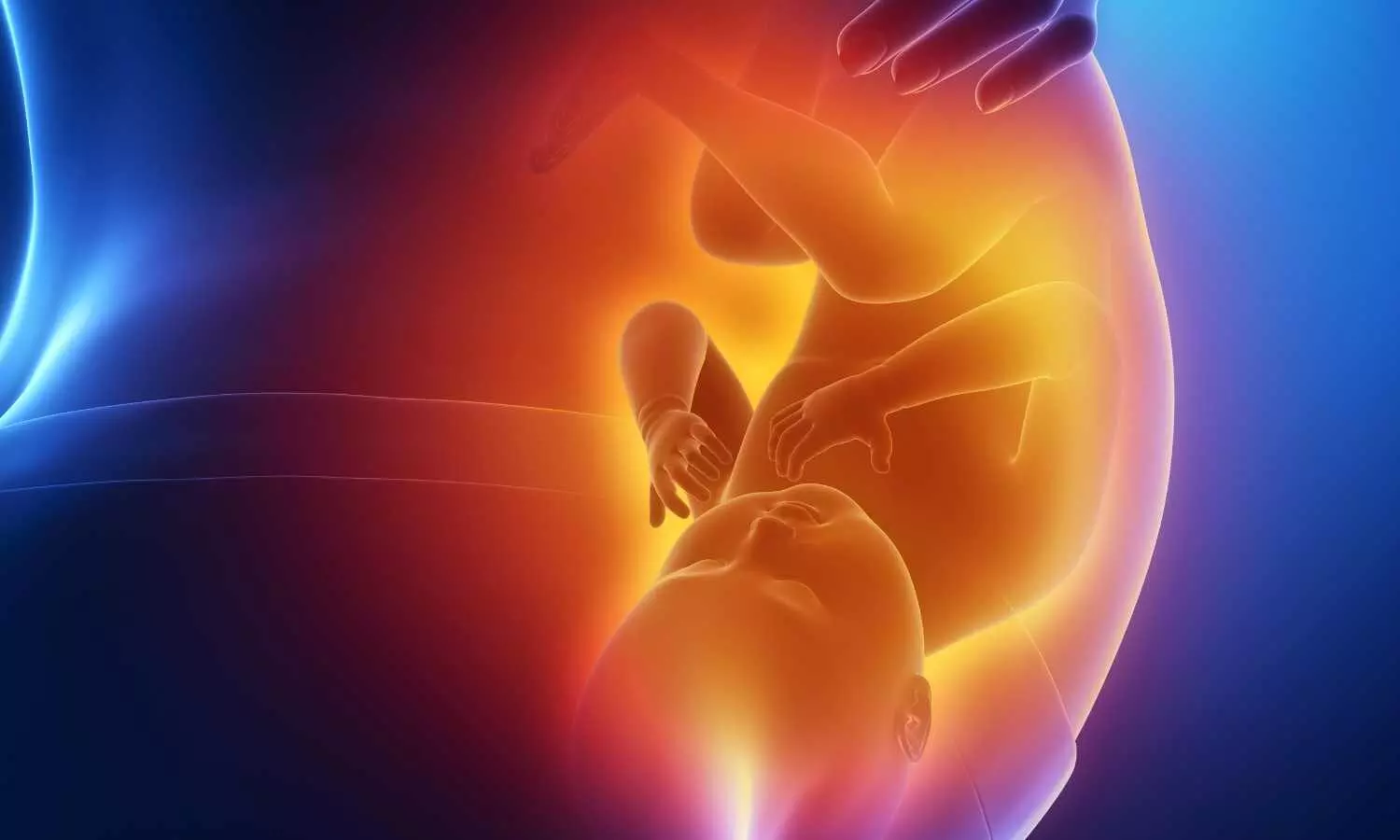
The increasing prevalence of cesarean deliveries remains a challenge in modern obstetrics. In 2012 and 2014, updated recommendations for reducing cesarean deliveries among first-time mothers were introduced by the Eunice Kennedy Shriver National Institute of Child Health and Human Development, the Society for Maternal-Fetal Medicine, and the American College of Obstetricians and Gynecologists. Recent study was a cluster randomized controlled trial conducted in 26 Canadian hospitals to assess whether the adoption of new guidelines for diagnosing nonprogressing labor would reduce cesarean delivery rates in nulliparous women.
Study Design and Outcomes
The study included 13 control sites and 13 intervention sites. The primary outcome was the rate of cesarean delivery, and secondary outcomes included spontaneous vaginal birth and maternal and neonatal safety.
Analysis and Findings
The analysis was based on 45,193 deliveries at intervention sites and 43,725 deliveries at control sites. The study found no evidence of a decrease in the rate of cesarean delivery associated with the intervention. However, a slight increase in the rate of spontaneous vaginal delivery was observed in the intervention group, with no differences in adverse maternal or neonatal outcomes.
Site-Specific Variation and Compliance
The researchers observed site-specific variation in the effectiveness of the guidelines on the cesarean delivery rate. They noted that compliance with the guidelines at the intervention sites was low (31%), which may account for the null results. However, compliance was higher at sites with a reduction in cesarean delivery and an increase in spontaneous vaginal delivery.
Conclusion and Implications
The study contributes important information to the challenge of reducing cesarean delivery rates. While the intervention did not result in a statistically significant reduction in cesarean deliveries, the safety data and the slight increase in spontaneous vaginal births suggest that this approach deserves further study, particularly in settings where compliance with the guidelines can be improved.
Key Points
Here are the 6 key points from the research paper:
1. This was a cluster randomized controlled trial conducted in 26 Canadian hospitals to assess whether the adoption of new guidelines for diagnosing nonprogressing labor would reduce cesarean delivery rates in nulliparous women.
2. The primary outcome was the rate of cesarean delivery, and secondary outcomes included spontaneous vaginal birth and maternal and neonatal safety.
3. The study found no evidence of a decrease in the rate of cesarean delivery associated with the intervention, but did observe a slight increase in the rate of spontaneous vaginal delivery in the intervention group, with no differences in adverse maternal or neonatal outcomes.
4. The researchers observed site-specific variation in the effectiveness of the guidelines on the cesarean delivery rate, and noted that compliance with the guidelines at the intervention sites was low (31%), which may account for the null results. However, compliance was higher at sites with a reduction in cesarean delivery and an increase in spontaneous vaginal delivery.
5. The study contributes important information to the challenge of reducing cesarean delivery rates, and suggests that this approach deserves further study, particularly in settings where compliance with the guidelines can be improved.
6. While the intervention did not result in a statistically significant reduction in cesarean deliveries, the safety data and the slight increase in spontaneous vaginal births indicate that this approach warrants additional investigation.
Reference –
Wood S, Skiffington J, Brant R, Crawford S, Hicks M, Mohammad K, Mrklas KJ, Tang S, Metcalfe A; REDUCED Trial Team. The REDUCED trial: a cluster randomized trial for REDucing the utilization of CEsarean delivery for dystocia. Am J Obstet Gynecol. 2023 May;228(5S):S1095-S1103. doi: 10.1016/j.ajog.2022.10.038. Epub 2023 Mar 16. PMID: 37164490.
Powered by WPeMatico

